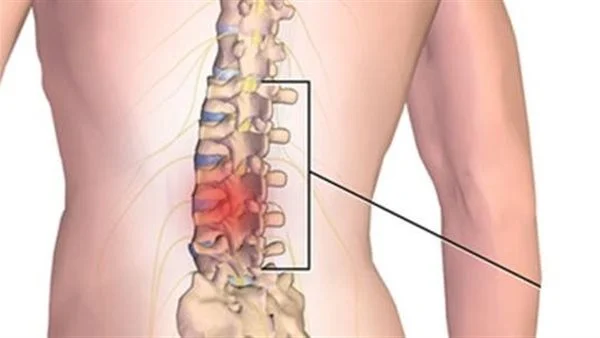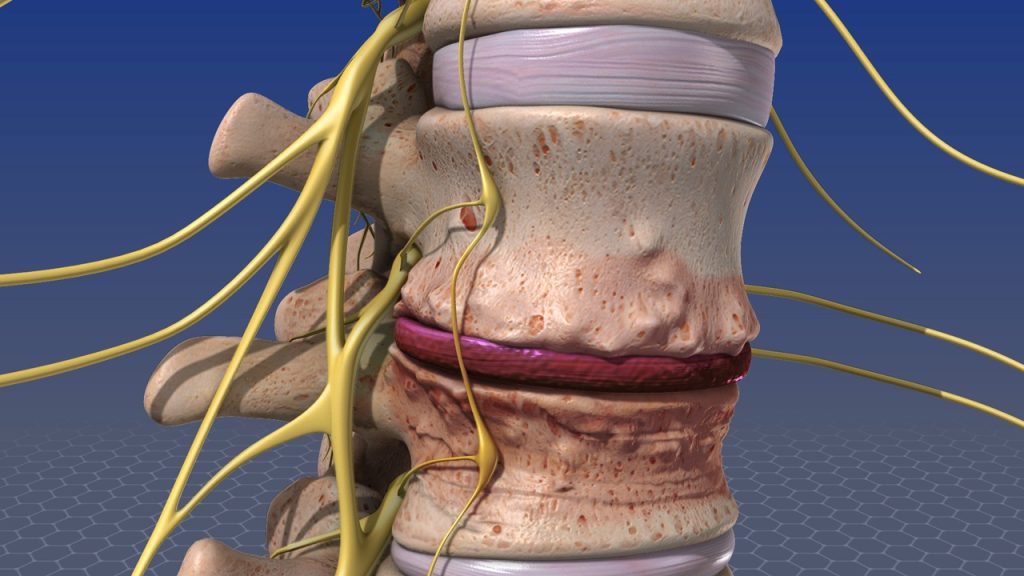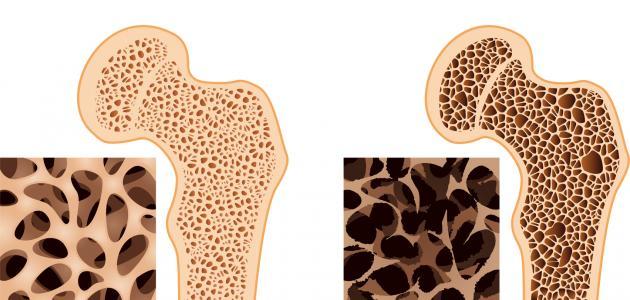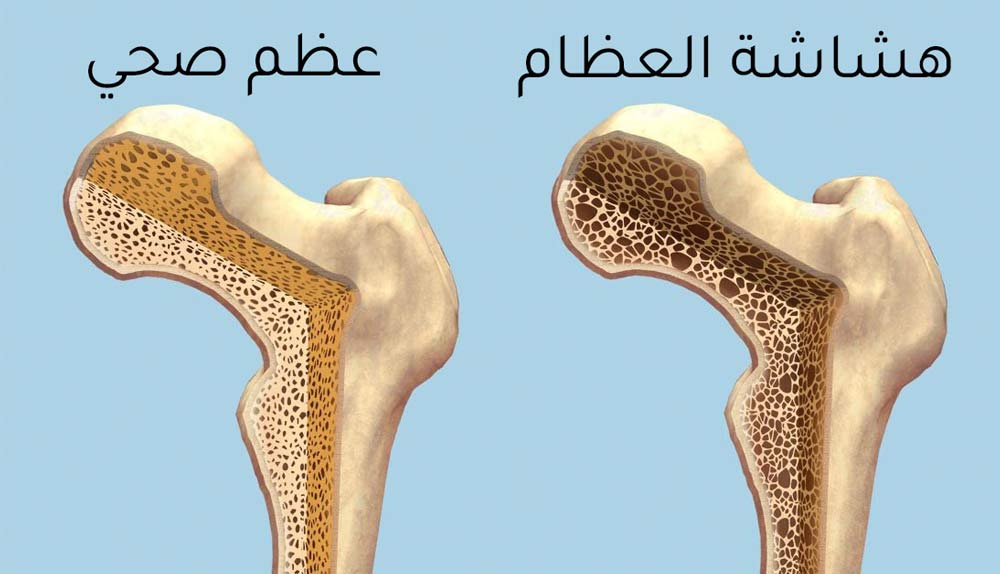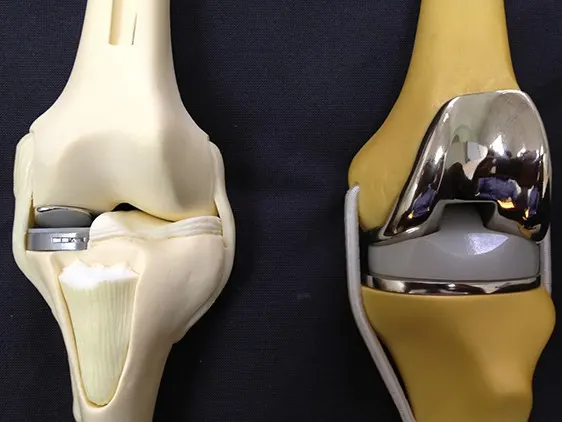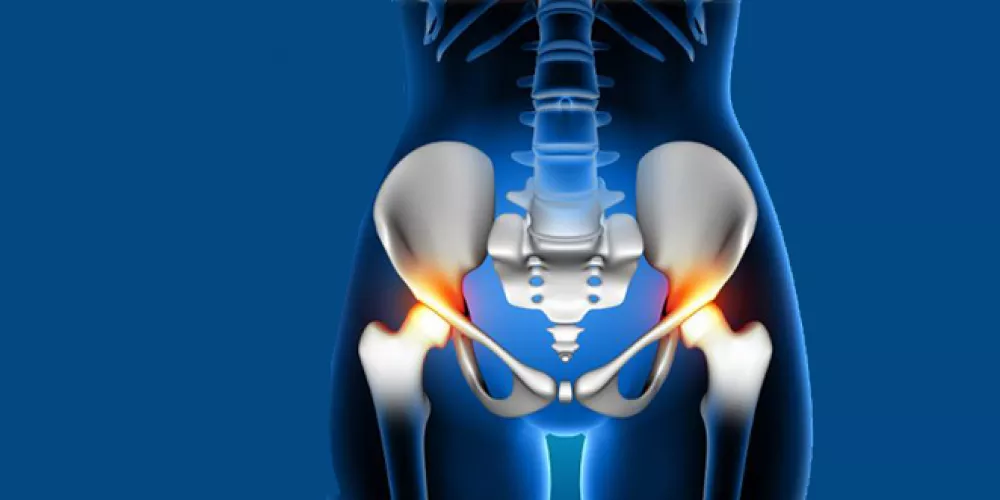Book with the best doctor who offers bone marrow transplantation services in Egypt and learn about the cost of the procedure
Book with the best doctor who offers bone marrow transplantation services in Egypt. Bone marrow transplantation is a delicate and challenging procedure that requires a skilled and experienced doctor in the field. Therefore, the first thing a patient looking to undergo bone marrow transplantation seeks is the right physician. Through our following article, we will assist you in connecting with the top specialist in bone marrow transplantation services and provide you with all the details related to this procedure. Stay with us.

Book with the best doctor who offers bone marrow transplantation services in Egypt
“Dr. Amr Amal has extensive experience in the field of bone marrow transplantation and offers unique and innovative solutions to his patients in Egypt.”
Egypt is home to many skilled and proficient orthopedic doctors who excel in bone marrow transplantation procedures. Today, we recommend Dr. Amr Amal, one of the best doctors in Egypt in this field. Dr. Amr Amal is a renowned orthopedic surgeon in Egypt with over 20 years of extensive experience in bone marrow transplantation. He specializes in bone and joint diseases, treating joint stiffness and pain using various treatment techniques, including local injections, medication therapy, arthroscopy, and various joint surgeries.
Dr. Amr Amal holds a master’s and doctoral degree in orthopedic surgery from Ain Shams University and is a faculty member at the same university. In addition to this, Dr. Amr has worked as a fellow in orthopedic surgery at Aachen German Hospital, further enhancing his expertise and experiences in the field of bone marrow transplantation.
You can rely on Dr. Amr Amal as the best doctor for bone marrow transplantation in Egypt, as he enjoys an excellent reputation among patients and colleagues in the medical field. Bone marrow transplantation is a critical procedure, so seeking the best doctors in this field is essential for successful outcomes. You can book an appointment with Dr. Amr Amal through the Visita or Clindo applications, which are user-friendly and quick ways to connect with your preferred doctor and schedule a convenient appointment. You can also directly communicate with the doctor through his official website by clicking here.
When Does a Patient Need Bone Marrow Transplantation?
First, let’s understand what bone marrow transplantation is. It is an extremely important procedure for patients suffering from disorders affecting bone marrow, which can impact the production of various blood cells, including white blood cells, red blood cells, and platelets. Bone marrow is the soft, spongy tissue inside bones, containing stem cells responsible for producing different blood cells.
Bone marrow transplantation involves replacing a patient’s damaged bone marrow with healthy marrow from either the patient themselves or a suitable donor, often a close family member. This procedure is typically performed after the patient receives sessions of radiation or chemotherapy to eliminate damaged cells in the bone marrow, allowing new stem cells to grow and thrive.
Some conditions that may necessitate bone marrow transplantation include:
- Multiple Myeloma.
- Blood cancers like Leukemia or Lymphoma.
- Sickle Cell Anemia.
- Thalassemia.
- Aplastic Anemia.
- Neurofibromatosis.
- Certain immune disorders.
- Non-Hodgkin’s Lymphoma.
- Primary Amyloidosis.
There are two main types of bone marrow transplantation:
- Autologous Transplantation: In this type, the patient’s own stem cells are used for transplantation. It is frequently used in patients with lymphoma and multiple myeloma, and the advantage is that there is a 100% match with the patient, eliminating concerns about compatibility.
- Allogeneic Transplantation: In allogeneic transplantation, healthy stem cells from another donor are used to replace the damaged bone marrow. The donor is often a close family member or a closely matched unrelated donor.
To learn more details about bone marrow transplantation and its types, we recommend reading this article.
Preparation for Bone Marrow Transplantation
Before initiating the bone marrow transplantation process, it is crucial to find a suitable donor and conduct all necessary tests, radiological examinations, and analyses for both the patient and the donor. This is done to ensure compatibility between them and verify the donor’s health and safety, ensuring they are not infected with any contagious diseases or cancers. These tests include:
Patient’s Tests:
- Bone Marrow Biopsy.
- Computed Tomography (CT) Scan.
- Comprehensive Blood Tests to detect viral infections or other conditions in the body, such as hepatitis, AIDS, or other infectious diseases.
- Electrocardiogram (ECG) to examine heart function.
- Echocardiogram (ECHO) to assess heart functions.
- X-ray (X-RAY) for heart and lung examination.
- Positron Emission Tomography (PET) Scan to verify the functioning of internal organs.
Donor’s Tests: Donor tests include blood tests to detect viral infections or other conditions in the body, such as AIDS, hepatitis, and more.
Matching Tests: These tests determine the blood type compatibility between the patient and the donor, as well as Human Leukocyte Antigen (HLA) tests, which analyze tissue compatibility.
How Bone Marrow Transplantation is Performed
“Dr. Amr Amal offers bone marrow transplantation services using the latest and advanced medical equipment, ensuring the best outcomes for patients.”
After conducting all necessary tests for the patient and the donor and confirming the donor’s health and absence of any viral or infectious diseases, as well as achieving the required compatibility through tissue matching tests, the bone marrow transplantation process is prepared through the following steps:
Stage 1: In this stage, bone marrow is collected through one of the following methods:
- Autologous: Using the patient’s stem cells, obtained through a process known as apheresis. This involves giving the patient a series of injections to stimulate the production and release of these cells into the bloodstream. A blood sample is then taken from the patient and processed to collect the stem cells, which are frozen for later use in transplantation.
- Allogeneic: Using stem cells from another donor, which are closely matched to the patient. A blood sample is taken from the donor, and the stem cells are collected, processed, and frozen for transplantation into the patient’s body.
Stage 2: The patient undergoes radiation or chemotherapy treatment to eliminate harmful cancerous or abnormal cells present in the bone marrow, as well as to suppress the immune system. This prepares the bone marrow to receive the new stem cells. This step may cause the patient to experience symptoms such as nausea, vomiting, fatigue, and other potential complications. After this treatment, the patient is ready to receive the new stem cells.
Stage 3: During this stage, the patient is injected with the collected stem cells, a process known as Day Zero. The patient remains awake during the transplantation procedure and receives only local anesthesia, as the injection process is not painful and does not require general or partial anesthesia. The injected stem cells then begin their circulation with the blood, eventually reaching the bone marrow, where they will prepare to produce new blood cells. It takes approximately 18 to 30 days for the stem cells to reach an effective production stage. The patient is given a specific quantity of stem cells based on weight and size.
These steps are critical in the bone marrow transplantation process and are designed to ensure the best possible outcome for the patient’s health and recovery.
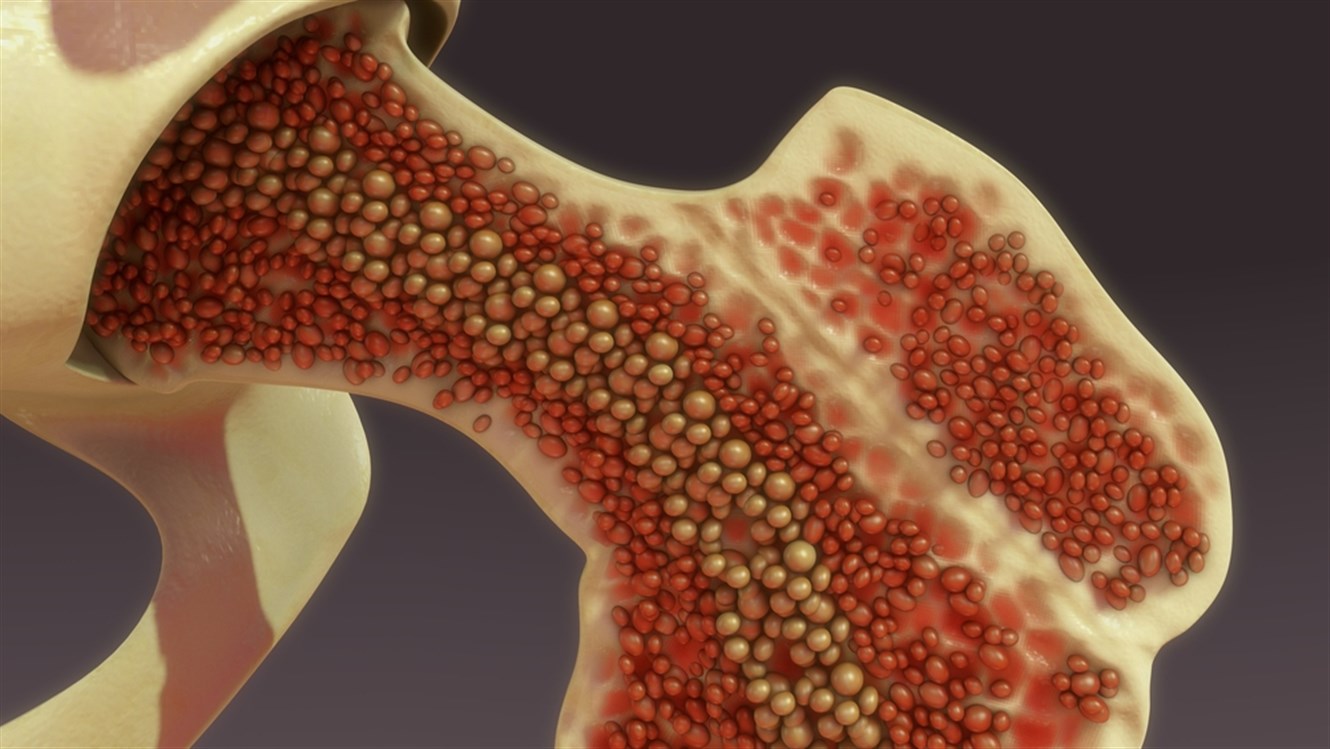
After Bone Marrow Transplantation
After the bone marrow transplantation procedure is completed within the hospital, the patient remains in a completely isolated and fully sterilized room. The room’s air particles are controlled to prevent any mixing with external air. Additionally, all room contents are thoroughly sterilized. This isolation is necessary because the patient’s immune system is entirely compromised, making them unable to resist any germs or microbes that might attack their body during the initial period following the transplantation. This isolation period typically lasts around 18 to 30 days.
How Long Does a Bone Marrow Transplantation Procedure Take?
The stem cell infusion session usually lasts from 15 minutes to three hours. Prior to stem cell transplantation, the patient undergoes what is known as preparative treatment, which includes radiation therapy and chemotherapy, lasting about a week. Once the transplanted stem cells enter the bloodstream, they reach the bone marrow and settle. Typically, these cells start producing new blood cells within two to four weeks after transplantation.
What Is the Success Rate of Bone Marrow Transplantation?
“Have peace of mind and confidence in the bone marrow transplantation service provided by Dr. Amr Amal, as he has a track record of success in transplantation procedures, achieving exceptional results.”
Bone marrow transplantation is known for its high success rate, ranging between 60% to 70%. The success of the procedure depends on several key factors, including the degree of compatibility between the patient and the donor, the health condition of both the patient and the donor, and the nature of the surgical procedure itself.
What Is the Cost of Bone Marrow Transplantation in Egypt?
The cost of bone marrow transplantation varies, typically ranging between 200,000 to 300,000 Egyptian pounds. The cost depends on the type of transplantation, the health condition of the patient and the donor, the experience and skill of the doctor, and the level of the hospital where the procedure is performed. Hospital quality, cleanliness, sterilization standards, and the tests conducted on the patient are also factors influencing the price. Additionally, the cost can vary depending on whether the patient receives autologous stem cells (from themselves) or allogeneic stem cells (from another donor).
When Does Immunity Increase After Bone Marrow Transplantation?
After a bone marrow transplant, it takes approximately 10 to 15 days for the stem cells to begin producing blood cells again. The recovery of the required cell count takes about two weeks, depending on the type of transplantation. Initially, white blood cells recover, followed by red blood cells. It may take the patient several months before they no longer require blood and platelet transfusions. Full recovery of the patient’s immune system typically takes between 6 to 12 months. You can achieve healing and improved quality of life through bone marrow transplantation services provided by Dr. Amr Amal in Egypt.
Is Bone Marrow Transplantation a Dangerous Procedure?
Bone marrow transplantation is considered a complex, challenging, and precise procedure that requires significant attention, care, and caution from both the doctor and the patient. It carries certain risks and complications, including:
- Chest pain.
- Shortness of breath.
- Headache and nausea.
- Gastrointestinal problems like diarrhea and vomiting.
- Infections or infections.
- Fever or chills with a sharp drop in blood pressure.
- White appearance in the eyes.
- Early menstruation cessation.
- Clotting in the small veins in the liver.
- Liver, kidney, lung, and heart failure.
- Anemia with the appearance of a skin rash.
- Bleeding in the lungs, intestines, brain, and other areas of the body.
These complications depend on various factors, including the patient’s underlying condition, their age, the degree of compatibility between the patient and the donor, and other factors that affect the patient’s health after transplantation.

Is Bone Marrow Donation Painful?
One common misconception is that bone marrow donation is painful, but the truth is that the procedure is not painful because it is done under anesthesia. However, the discomfort experienced by the donor is normal and varies from person to person. Bone marrow donation is not painful and is considered a safe procedure for treating many medical conditions. People should be aware of the importance of bone marrow donation, as they may be the only hope for many patients in need of this life-saving treatment.
Risks to the Donor in Bone Marrow Transplantation
- The donor may experience iron-deficiency anemia and may need to take iron supplements until their red blood cell count returns to normal.
- The donor may feel tired or weak and may have difficulty walking for a few days. Pain and bruising, along with lower back pain, may occur for several days. At that time, taking over-the-counter pain relievers or anti-inflammatory drugs is advisable.
- The patient may experience complications from the medications taken to increase stem cell counts, including bone pain, headaches, vomiting, and nausea. Sleep problems, fever, fatigue, and other symptoms may also occur and typically resolve once the injections are completed and stem cell collection is finished.
- Naturally, bone marrow donation is a surgical procedure that carries some rare complications that the donor may experience, including infection, blood transfusion reactions, anesthesia reactions, needle insertion site injury, nerve or muscle damage, and potential issues such as sore throat or nausea due to anesthesia.
Usually, the donor can return to their regular activities within two to three days, but it may take up to two to three weeks before they can fully resume their normal activities. It is better to collect stem cells from donors aged between 18 to 44 years old, as they have a higher chance of success in transplantation. Stem cells can be collected from various sources, including bone marrow, peripheral blood stem cells, and umbilical cord blood. If you want to learn more about the risks donors may face during bone marrow transplantation, you can read the following article.
Alternative to Bone Marrow Transplantation
Bone marrow transplantation is an important procedure, but it is possible to use a reduced-intensity treatment regimen. In this approach, doctors provide the patient with enough chemotherapy to temporarily suppress the patient’s immune system and bone marrow. This allows for the replacement of the patient’s diseased bone marrow with healthy donor stem cells without causing significant harm to other vital organs like the lungs, liver, and kidneys.

